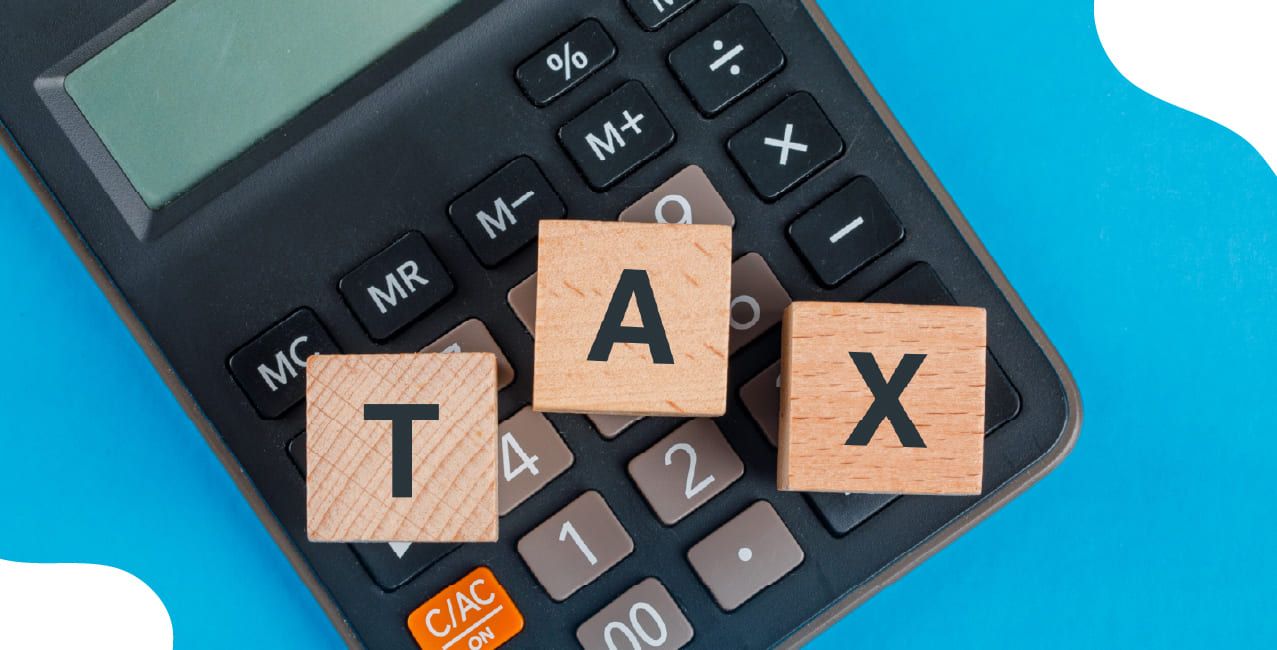
Author
LoansJagat Team
Read Time
6 Min
22 Sep 2025
Section 133-6 of Income Tax Act – Powers of Tax Authorities Explained
Key takeaways
1. You received a notice about your transactions from the Income Tax Department.
2. They verify whether your electronic filing is error-free.
3. To prevent any issues, make sure you reply as soon as the notice specifies and with the required documentation.
The Income Tax Department has issued a notice asking for further details regarding financial transactions under Section 133(6). It is important to respond promptly to prevent penalties.
Let us consider the example of Ravi for clarification.
Ravi Sharma was concerned when he received an email from the Income Tax Department. The notice requested details about some of his transactions, specifically those under Section 133(6). What could this notice mean for him?
Key Aspects of Section 133 (6) Notice:
Here's a quick analysis of what Ravi experienced and how he resolved it:
This table shows that these notices aren't accusations; they're just regular checks. The key point is to respond quickly with the proper documents.
Collect all your proof, like bank statements, bills, or loan information. Be sure to return everything on time, as delays can cause problems.
Now that we know why notices are sent out, let’s talk about why these notice issues occur.
Why does the Income tax notice come under section 133(6)?
New data-matching systems are identifying discrepancies between tax returns and actual financial transactions. For example, your income does not match your return, resulting in more tax notices under Section 133(6).
For example, businessman Mayank got a notice because his Income Tax Return showed extra deductions that didn't match his Form 16, along with some unreported credit card payments.
Read More - Section 69 of the Income Tax Act – Complete Guide to Unexplained Investments
Why Do These Notices Happen?
These show why it happens:
- Bank transactions (large deposits/withdrawals)
- Form 26AS & AIS (mismatched TDS or interest income)
- High-value spends (jewellery, foreign trips, credit card payments)
This shows a large deposit mismatched your TDS.
What Do They Ask in the Notice?
The department seeks clarification on:
- Unexplained deposits/transfers (e.g., ₹5,00,000 to a friend, loan or income?)
- Discrepancies in deductions (HRA, LTA claims beyond Form 16)
- Undisclosed income sources (rental income, freelance earnings)
Mayank didn't show the right bills but claimed he spent an extra ₹2,00,000 for his business. He also made ₹3,00,000 in credit card purchases, and now the tax notice says his taxable income might go up unless he provides proof!
Now, we understand why the income tax notification comes. Let's talk about the best way to respond.
Objective of Section 133(6) of the Income Tax Act
To verify compliance, carry out investigations, and assess taxes, all of which aid in the prevention of tax evasion, the Income Tax Department is authorised by Section 133(6) to gather pertinent information from various sources, including banks and taxpayers.
For instance:
Sonu, a freelance graphic designer, may receive a notice under this section to submit bank statements or client contracts to verify the income declared on his tax return.
Table:
The table below outlines the details of Sonu’s response to a Section 133(6) notice:
Timely and accurate submission of documents helps Sonu avoid penalties and ensures transparency with tax authorities.
Sonu can avoid fines and maintain openness with tax authorities by submitting documents on time and accurately.
Now that we understand the objectives and requirements of Section 133(6), let’s explore the effects of failing to respond to a Section 133(6) notice promptly.
Consequences of Failing to Respond to a Section 133(6) Notice Timely
If you don’t reply to a Section 133(6) notice on time, you might face penalties or other legal problems. It’s crucial to respond quickly to avoid any issues that could hurt your case or cost you money.
Example: Dev missed his notice deadline, so the tax department scrutinised his income. As a result, he had to pay a penalty of ₹1,50,000.
The Consequences of Delaying Your Response
If you don’t respond to a Section 133(6) notice within 15 days, the Income Tax Department may take serious action. It's important to reply on time to avoid any trouble!
This table illustrates the action with an example of Development.
Also Read - Section 234C of the Income Tax Act: Complete Guide & Interest Rules
What Should You Do Instead?
Act quickly to avoid penalties! Here’s what to do:
1. Reply before the deadline, even if you need more time.
2. Send all the needed documents, like bank statements and invoices.
3. Talk to a Chartered Accountant if the notice feels tricky.
Replying on time can save you money and stress!
A ₹5,000 daily fine is like wasting cash quicker than a Diwali cracker! Always reply promptly; waiting can cause significant problems.
( Bonus Tip: If you don’t reply to the Income Tax Department through e-filing, in the coming March, the case will be registered in the court against you.)
Exemption of Section 44AA of the Income Tax Act
Professionals and small enterprises whose revenue or turnover stays below certain thresholds are granted exemptions under Section 44AA. For those with modest incomes, this lessens the burden of compliance.
Example:
Riya, Sonu's wife, makes ₹1,50,000 a year as a freelance graphic designer. She is exempt from maintaining books under Section 44AA since her income is less than the ₹2,50,000 basic exemption limit and her turnover is less than ₹25,000,000.
Table:
The rule will take effect, though, if her income rises above this level.
The table illustrates how Section 44AA exemptions benefit small-scale professionals and companies like Riya, enabling them to focus on expansion rather than being overburdened by strict compliance requirements. The next topic of the blog is the conclusion.
Conclusion
Receiving a Section 133(6) notice is an opportunity to correct the situation, not the end of the world! Like Ravi and Mayank, you can change a frightening tax situation into a "No further action" message if you act fast and provide the required documentation.
Ignoring it, however, could result in penalties or even unexpected visits from tax authorities, as Dev experienced. The most important lesson? Remain composed! Keep good records, reply promptly, and don't hesitate to ask for help from C.A. Remember that silence is not your friend; taking initiative is crucial to protecting your wallet.
FAQs
If you don't have a valid document under Section 133(6) of the Income Tax Act?
You must revise the current year's return to ensure that all information is included, as mentioned in the notice.
If you have a last year return but don't have a current return under section 133 (6) Income Tax Act?
You have the option to update your return through the ITR-U form and submit your revised return.
Can I file an updated return after receiving a notice under Section 133(6)?
If the income tax department finds any mistakes in your tax info, they might ask you to submit corrected returns through a notice. This notice will inform you of the deadline for submitting the revised returns. To avoid any issues, it’s a good idea to fix any errors yourself and file an amended return as soon as you notice them.
Other Related Pages | |||
About the Author

LoansJagat Team
‘Simplify Finance for Everyone.’ This is the common goal of our team, as we try to explain any topic with relatable examples. From personal to business finance, managing EMIs to becoming debt-free, we do extensive research on each and every parameter, so you don’t have to. Scroll up and have a look at what 15+ years of experience in the BFSI sector looks like.

Quick Apply Loan
Subscribe Now
Related Blog Post

LoansJagat Team • 22 Sep 2025
_of_Income_Tax_Act.jpg)
LoansJagat Team • 22 Sep 2025

LoansJagat Team • 22 Sep 2025